Let us check crypto. Glassnode data finds that Bitcoin (BTC)has entered the ‘belief zone’. It is for the first time since the July 2019 top, indicating a bull cycle is nearing.
BTC can be in the early phase of a major new bull cycle. That is what a key on-chain metric suggested on October 27. The dominant cryptocurrency entered the ‘belief zone’. Thus, it historically marked the beginning of explosive rallies.
The last time the NUPL (Net Unrealized Profit/Loss) reached the belief zone was in June 2019. It is according to Glassnode. Bitcoin increased around $7,600 to $13,868 by over eighty percent, in the month that followed.
The metric of NUPL gauges how many Bitcoin holders are at a loss or in profit. If the metric will rise, it will mean more investors are profitable because they purchased Bitcoin.
The researchers at Glassnode calculate NUPL by evaluating the price of Bitcoin when it enters a new address.
The buyer needs to hold Bitcoin in a new address. Typically, a newly created address means newly purchased Bitcoin. The researchers explained that the number of UTXOs in profit/loss is computed in a straightforward manner. They simply count all existing UTXOs whose price at creation was higher or lower than the current price.
Bitcoin
Nowadays, more than fifty percent of the Bitcoin market cap represents unrealize profits. That means that the overwhelming majority of Bitcoin investors and holders are in profit.
The metric might be interpreted negatively. It is because investors could start to sell. Thus, NUPL would have to increase much higher to signal a top.
Glassnode wrote that NUPL (Net Unrealized Profit/Loss) has been in the ‘belief’ zone for the past week. Now, over fifty percent of the Bitcoin market cap is unrealized profits. It is a level not seen since August 2019.
Bitcoin in the belief zone for a prolonged period, throughout 2017, compared to the 2019 rally. There is a possibility that a similarly extended accumulation phase might emerge in 2021. It is because of the post-halving cycle.
Often, analysts attribute the 2017 rally to the post-halving cycle. BTC, in July 2016, experienced its second-ever block reward halving. It directly impacts the supply, because the halving causes the rate at which new BTC is mined. Bitcoin started to rally, after a year following the halving.
In May 2020, the latest halving occurred. If a similar pattern will ensure, Bitcoin can continue to rally throughout 2020 and till the second half of 2021.
That is crypto news.


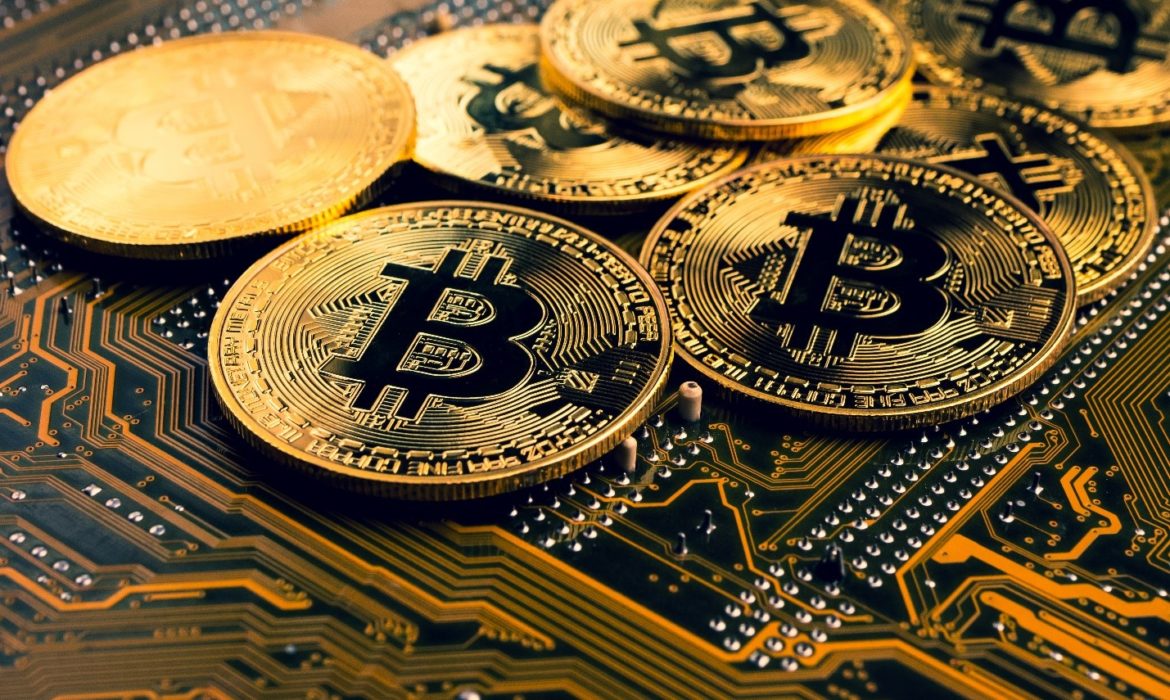
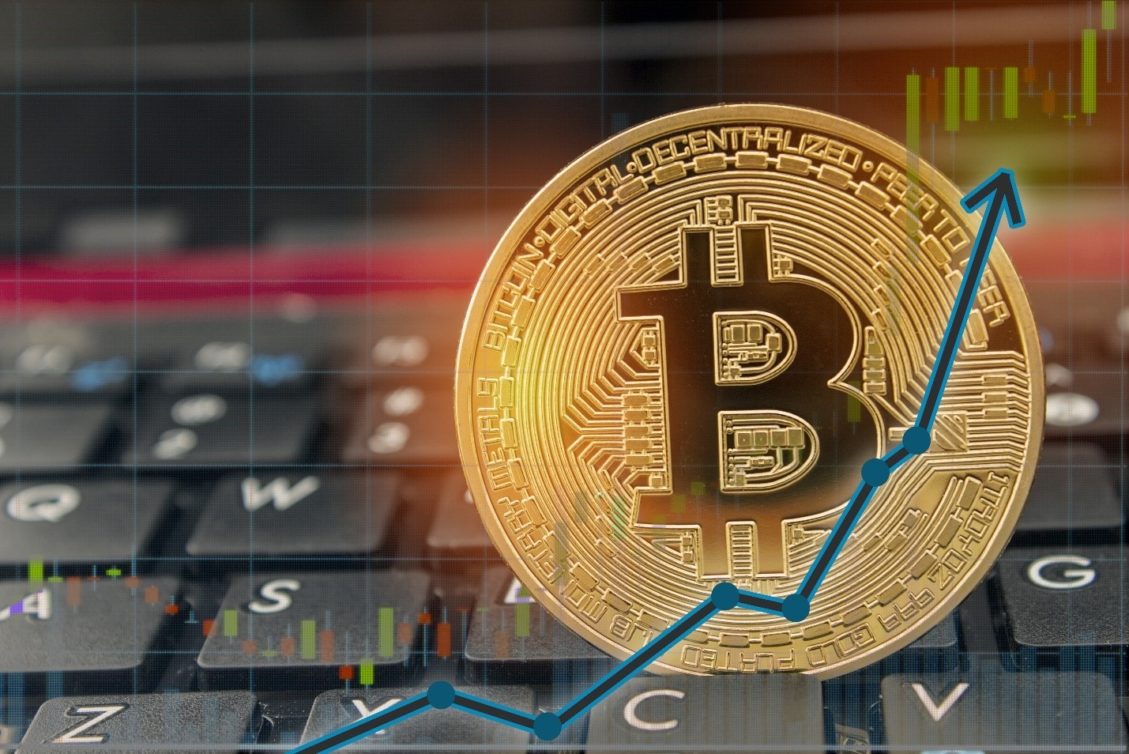
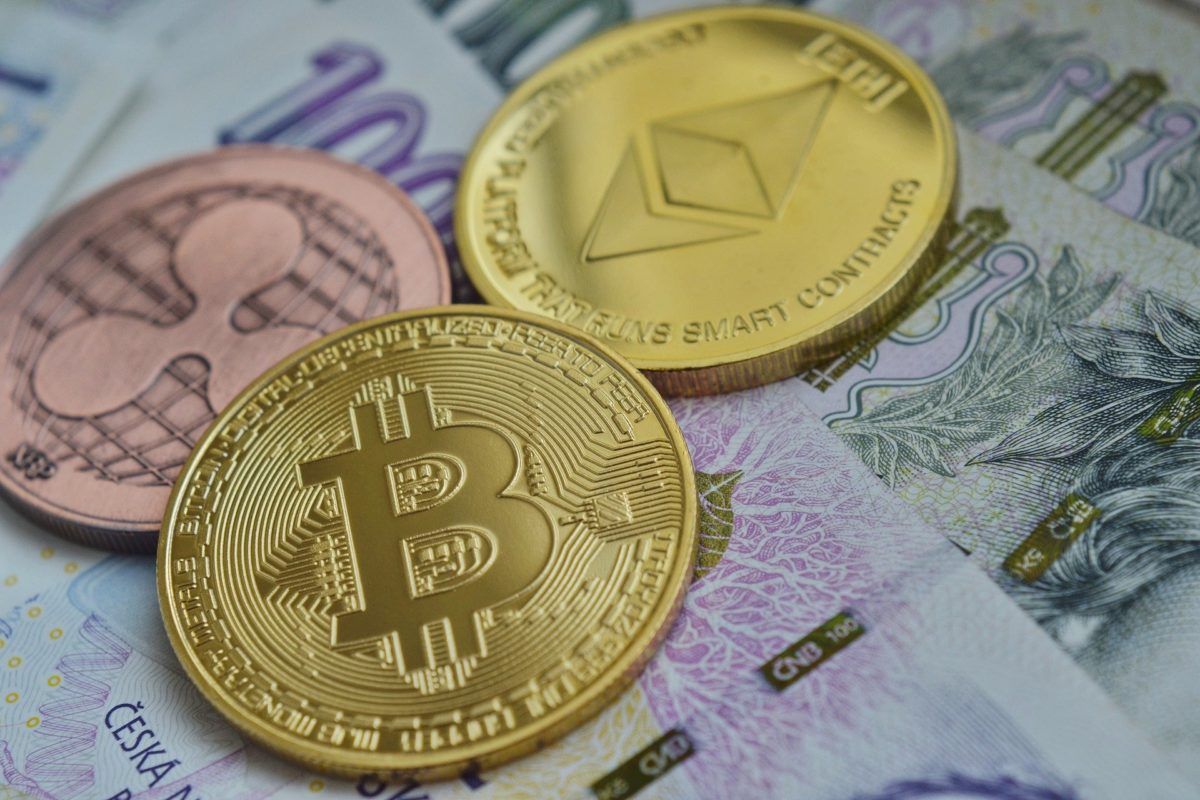

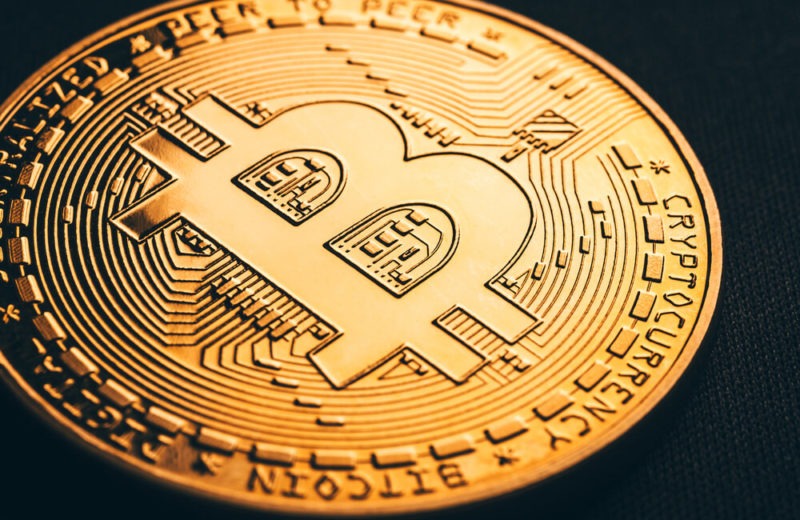

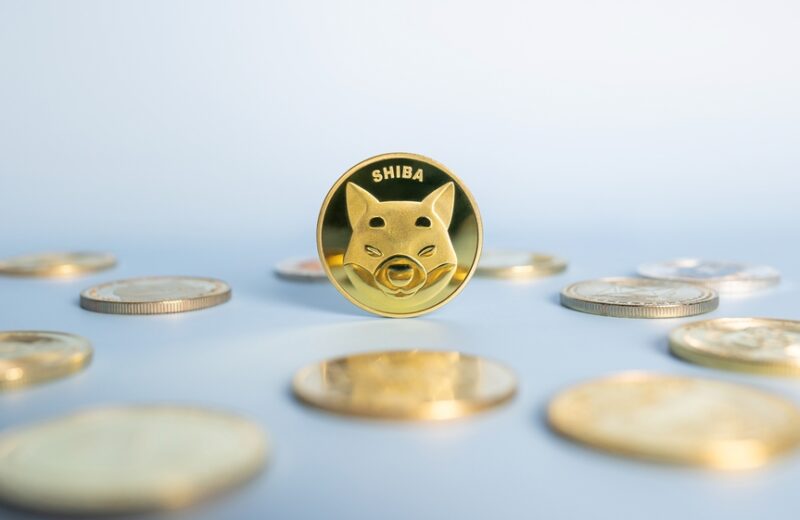
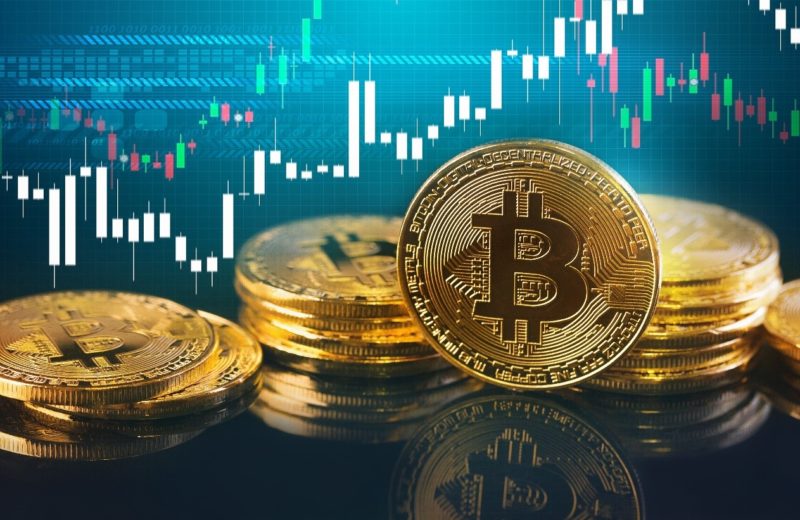

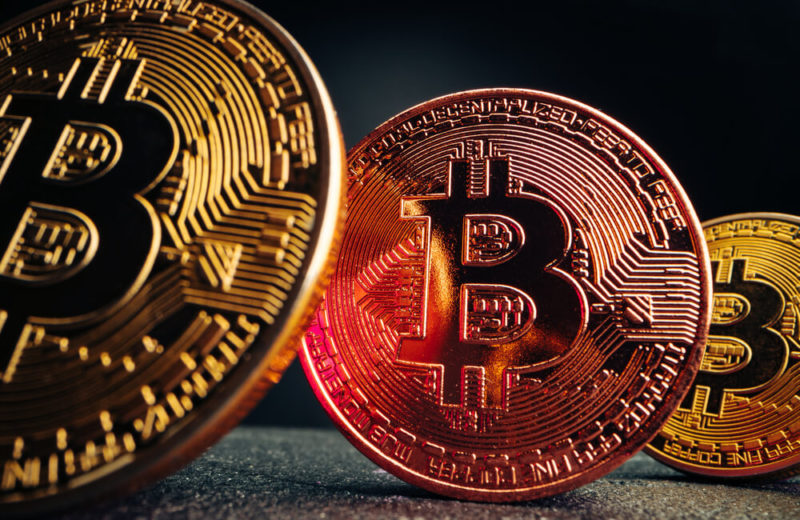




commentary essay write my essay 4 me word count essay